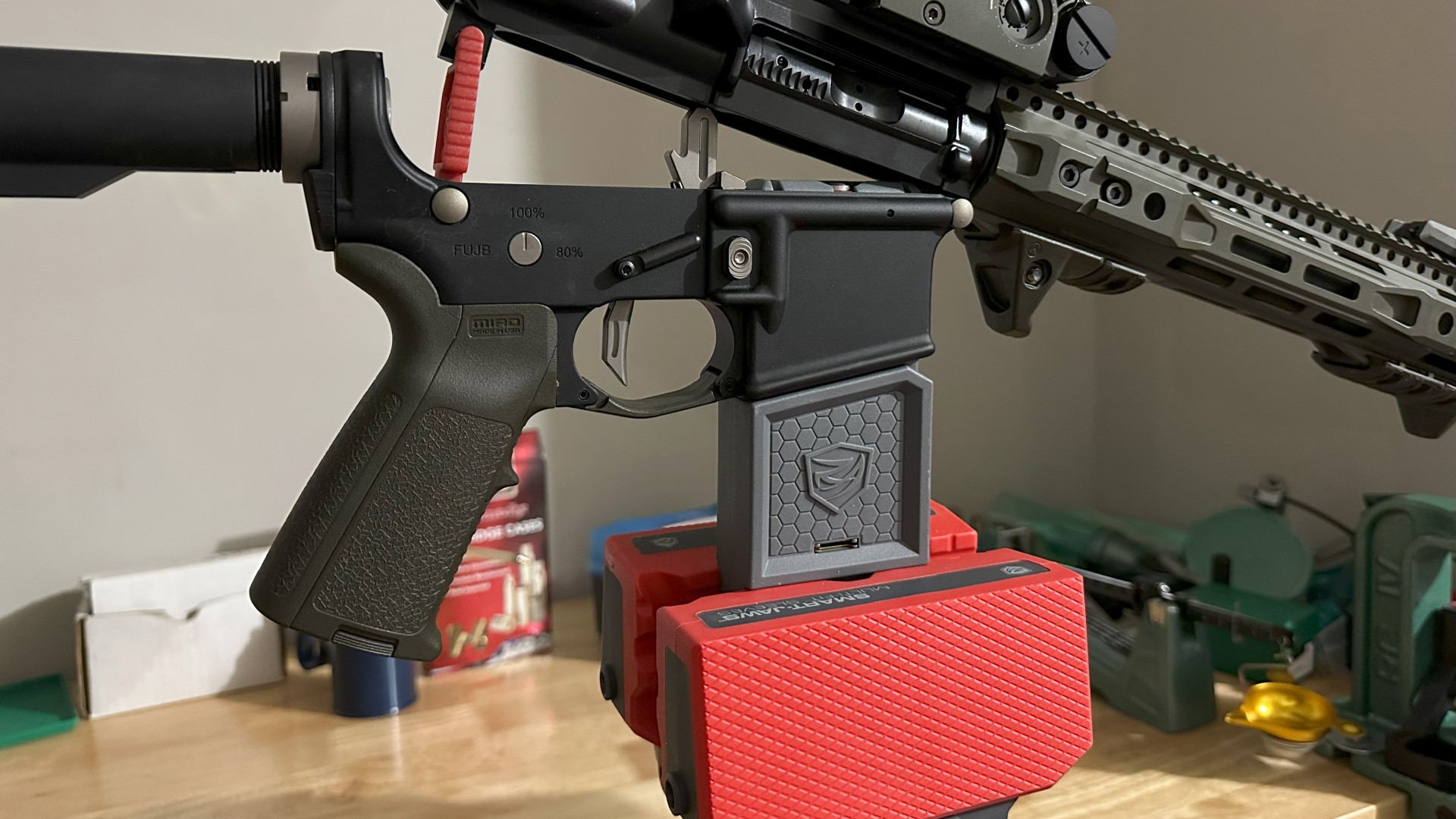
A Deep Dive into Modern Sporting Rifle Components
The modern sporting rifle (MSR), epitomized by the popular AR-15 platform, has become a cornerstone of today’s firearm market, attracting enthusiasts, competitive shooters, and hunters alike. These rifles are prized for their modularity, accuracy, and versatility, enabling users to customize their firearms for a variety of applications. Here we provide a comprehensive exploration of the components that make up the modern sporting rifle, offering insight into the engineering and design that contribute to its functionality and adaptability.
- The Lower Receiver: The Foundation
The lower receiver acts as the chassis of the modern sporting rifle, housing the firing mechanism, including the trigger assembly, hammer, and magazine well. It’s typically made from aluminum alloys for a balance between durability and lightness, although polymer versions are becoming increasingly popular for their weight savings and cost-effectiveness. The lower receiver also contains the pistol grip and buttstock, both of which are highly customizable to suit the shooter’s preferences for ergonomics and style.
- The Upper Receiver: The Heart of Performance
Attached to the lower receiver, the upper receiver encompasses the bolt carrier group (BCG), charging handle, and barrel. The BCG is a critical component responsible for the rifle’s firing, extraction, and ejection processes. Precision engineering ensures the reliability and smooth operation of the MSR under various conditions. The barrel, often made from high-grade steel or lighter materials like carbon fiber, plays a crucial role in the rifle’s accuracy, with factors like length, twist rate, and chambering affecting the firearm’s performance and application.
- The Barrel: Precision and Accuracy
Barrels come in various lengths and profiles, influencing the rifle’s balance, handling, and ballistic performance. A longer barrel typically provides better accuracy and velocity for long-range shooting, while a shorter barrel offers maneuverability for close-quarters situations. The barrel’s twist rate, denoted as a ratio (e.g., 1:7), indicates how many inches the bullet travels down the barrel to complete one full rotation, affecting the stability of different bullet weights.
- The Handguard: Functionality and Protection
Surrounding the barrel, the handguard serves multiple purposes: it protects the shooter’s hand from the heat generated during firing, provides a mounting platform for accessories like sights, lights, and grips, and contributes to the overall aesthetics of the rifle. Handguards vary in length, material, and mounting systems, with options like M-LOK and KeyMod allowing for a customizable and modular approach to accessory attachment.
- The Gas System: Cycling Power
The gas system is vital for the semi-automatic operation of the MSR, redirecting a portion of the gases expelled upon firing back through the rifle to cycle the action. The length of the gas system (e.g., carbine, mid-length, rifle) influences the rifle’s recoil and cycling speed. Adjusting the gas system allows shooters to fine-tune the rifle’s performance, especially when using suppressors or different ammunition types.
- The Optics and Sights: Enhanced Targeting
While iron sights provide a traditional method for aiming, the modern sporting rifle’s flat-top design accommodates a wide range of optics, from red dot sights for rapid target acquisition to telescopic sights for precision long-range shooting. The choice of sighting system depends on the shooter’s needs and the intended use of the rifle, with many opting for a combination of both for versatility.
- The Stock: Stability and Comfort
The buttstock can significantly impact the rifle’s ergonomics and shooter’s comfort. Adjustable stocks allow for a customized length of pull, accommodating shooters of various sizes and wearing different gear. Fixed stocks are favored for their simplicity and durability, while folding stocks offer compactness for storage and transport.
- The Trigger System: Precision at Your Fingertips
The trigger mechanism is a key factor in the rifle’s accuracy and shooter’s performance. Geissele triggers offer various pull weights and characteristics, such as single-stage or two-stage, providing options for a crisp, light trigger pull or a more deliberate engagement, depending on the shooter’s preference and the rifle’s application.
- Magazines: Feeding the Beast
Magazines are the lifeline of the MSR, feeding ammunition into the rifle. Available in various capacities, materials, and designs, shooters can choose magazines to suit their specific needs, whether for competition, hunting, or tactical applications. The modularity of the MSR platform allows for easy compatibility with a wide range of magazine styles and capacities.
- Accessories and Attachments: The Personal Touch
The true versatility of the modern sporting rifle lies in its ability to be customized with a plethora of accessories and attachments, including bipods for stability, flashlights and lasers for low-light conditions, and foregrips for improved handling and control. The ability to personalize the MSR for specific tasks or preferences is a testament to the platform’s ingenious design and widespread appeal.
Conclusion:
The modern sporting rifle stands as a testament to the evolution of firearm technology, offering unparalleled modularity, versatility, and precision. Each component, from the lower receiver to the accessories that personalize the firearm, plays a crucial role in defining the rifle’s performance, application, and aesthetic. Whether for competitive shooting, hunting, or tactical applications, the MSR platform provides a foundation for shooters to build a firearm that meets their exact needs and preferences. As technology and materials advance, so too will the capabilities and features of the MSR, ensuring its place in the hearts and hands of firearm enthusiasts for generations to come.


